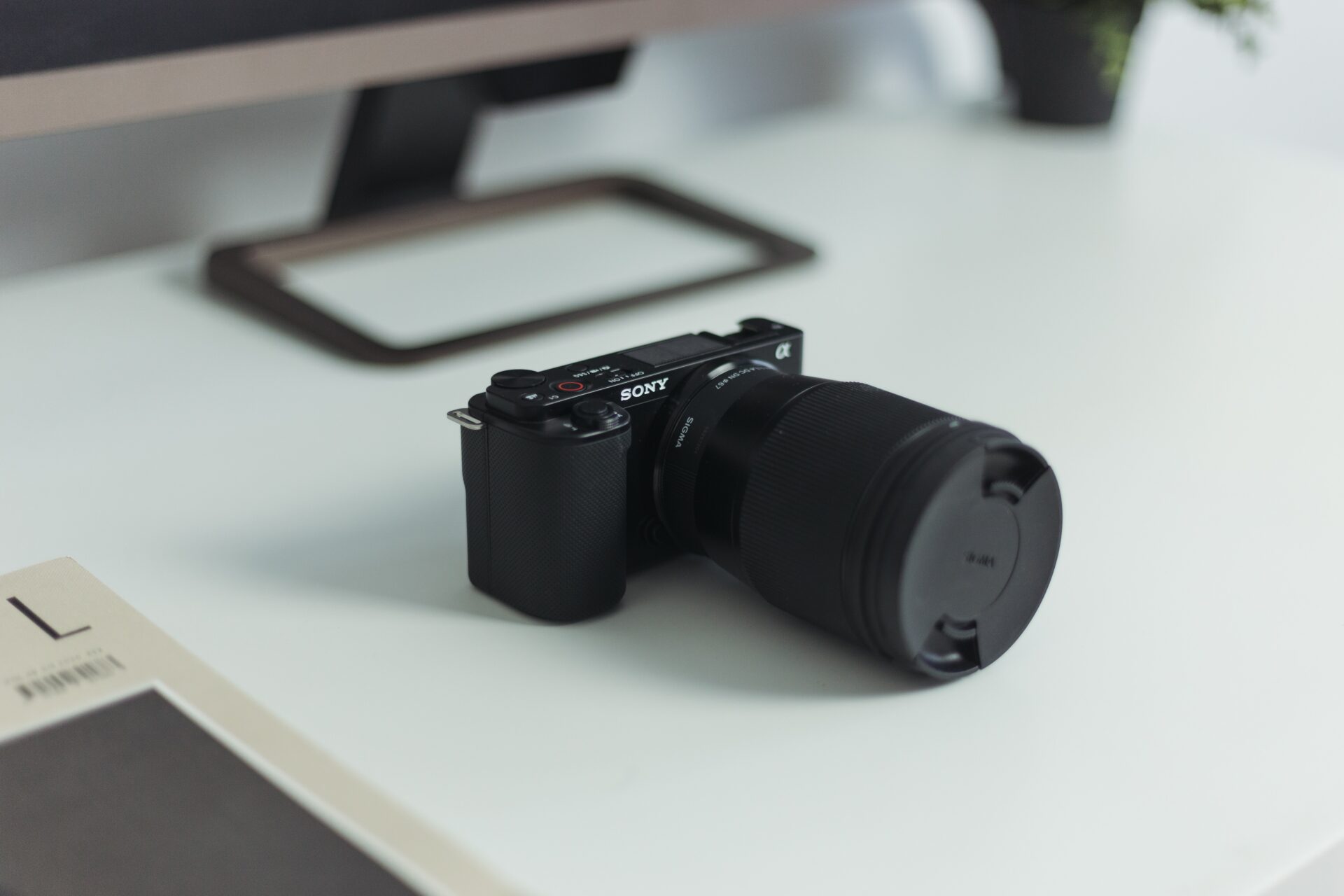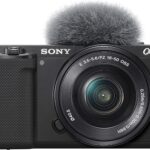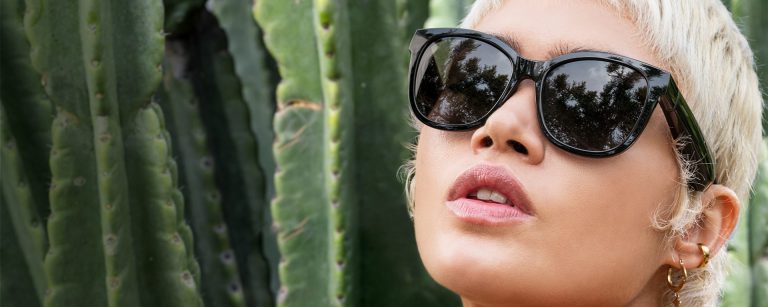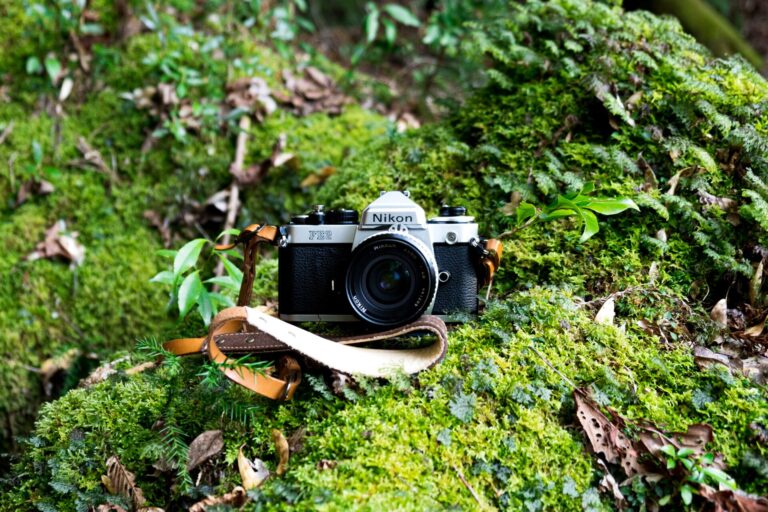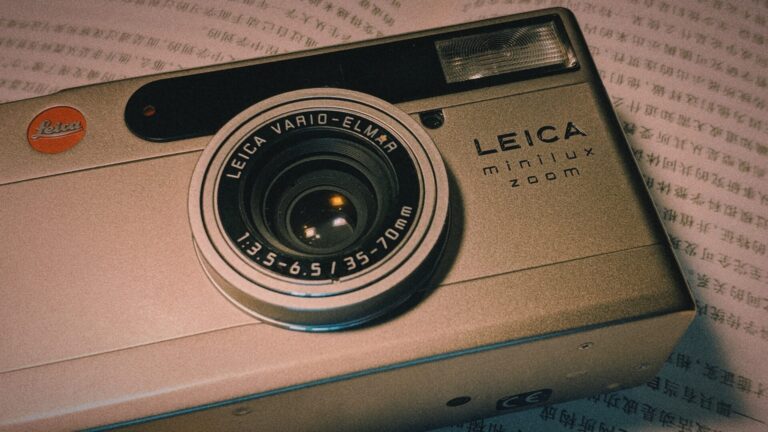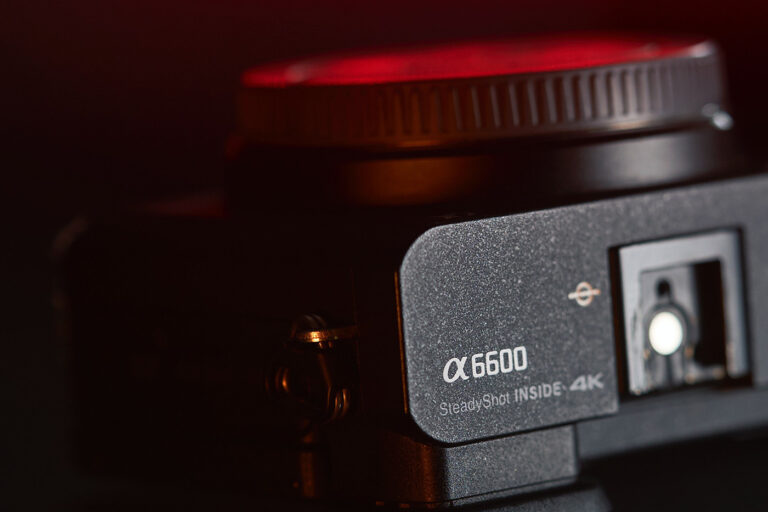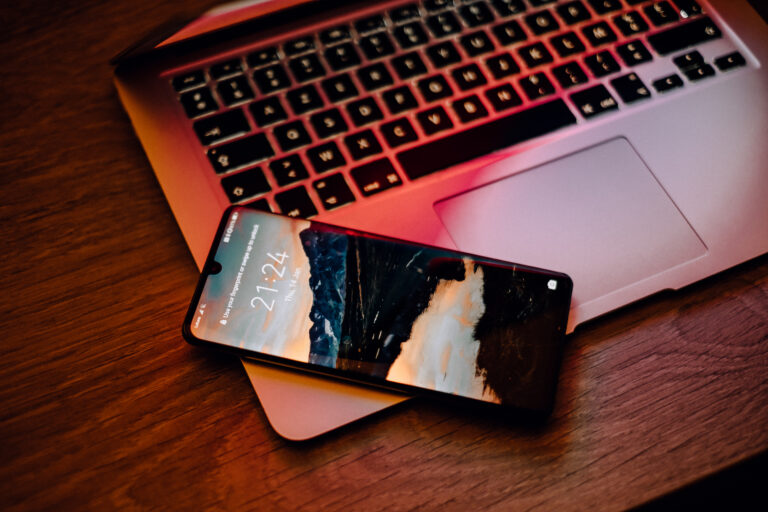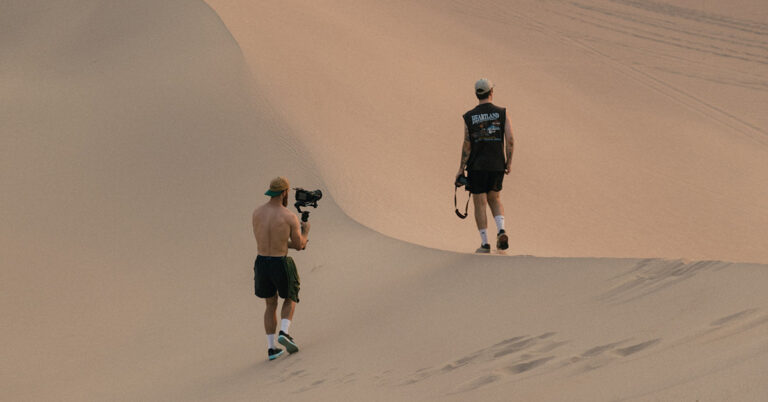Sony ZV-E10 Review: Is it Still the Best Camera for Vlogging in 2024?
The rise of social media platforms has increased the popularity of vlogging and content creation. As a result, the demand for cameras that are specifically designed for this purpose has been on the rise. The Sony ZV-E10 is one such camera that caters to the needs of content creators and vloggers alike.
This review will dive deep into the features and performance of the Sony ZV-E10, exploring everything from its high-quality video performance to its compatibility with interchangeable lenses. Whether you’re a seasoned vlogger or just starting out, we’ll help you determine if the ZV-E10 is the right camera for your needs. So, let’s get started and see what this camera offers!
Page Contents
Unique Features of the Sony ZV-E10
The Sony ZV-E10 is a camera that offers a range of unique and innovative features that make it well-suited for a variety of shooting scenarios. Here are some of the most notable unique features of the camera:
Firstly, the ZV-E10 is designed primarily for vlogging and video content creation, and it offers excellent video quality with 4K resolution, high bitrate recording, and various creative video functions. The camera’s advanced image processor enables high-quality video performance, making it a great option for content creators who need to produce high-quality video content.
Additionally, the ZV-E10 has a vari-angle touchscreen that can be rotated to face forward for easy framing and composition. This makes it easy to see yourself and ensure you’re in the frame, even when recording yourself. The touchscreen is also highly responsive and easy to use, which is ideal for quick and efficient adjustments on the go.
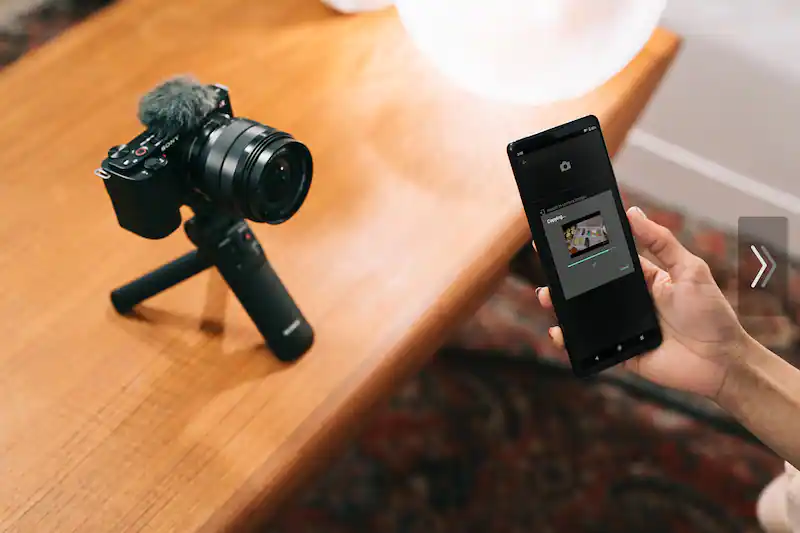
Another unique feature of the ZV-E10 is its microphone and audio input options. The camera has a built-in microphone and a standard 3.5mm audio jack for external microphones or audio equipment. This means that users can capture high-quality audio along with their video, ensuring that their content sounds as good as it looks.
The ZV-E10 is also highly customizable, thanks partly to its compatibility with interchangeable lenses. The camera is compatible with a wide range of Sony E-mount lenses, allowing users to customize their shooting experience and achieve different types of looks and effects. This makes it easy to switch between lenses and get the exact look that you want for your video or stills.
The ZV-E10 also has a good battery life, offering up to 125 minutes of continuous video recording or up to 440 still images on a single charge. This makes it a reliable option for extended shooting sessions and means that users can focus on their content creation without worrying about running out of battery life.
Finally, the ZV-E10 has advanced eye autofocus and tracking capabilities, making it easy to capture sharp, in-focus portraits and other types of shots. The camera can track and focus on the eyes even when the subject is in motion, ensuring that the subject is always focused and the footage looks professional.
Sony ZV-E10 Video
The Sony ZV-E10 is a versatile camera that is specifically designed for vloggers and content creators. It is packed with various video functions that make capturing high-quality footage for your channel easier. One of the standout features of the ZV-E10 is its ability to shoot high-resolution video at up to 4K/30p, making it an excellent option for producing high-quality content.
In addition to its built-in 3.5mm microphone jack that ensures clear audio recording during your shoots, some packages of the Sony ZV-E10 camera also include an external Sony ECM-W2BT mic that provides superior sound quality for your recordings. The camera’s advanced autofocus system uses real-time tracking to keep your subject focused, even when they move around, delivering smooth and steady footage. Furthermore, the camera’s built-in microphone can pick up crisp and clear sound, allowing you to choose the best option for your recording needs.
Another great video feature of the Sony ZV-E10 is its ability to shoot slow-motion footage. The camera can capture video at up to 120 frames per second, allowing you to slow down your footage for dramatic effect. This feature is especially useful for creating captivating B-roll footage or for adding dynamic visuals to your content.
Finally, the ZV-E10 includes a variety of shooting modes, including product showcase mode and background defocus mode. The product showcase mode allows you to easily switch between your face and your product, making it an excellent choice for reviewing or demonstrating how to use them. The background defocus mode uses a wide aperture to create a shallow depth of field, which blurs the background and highlights the subject, adding a cinematic touch to your videos.
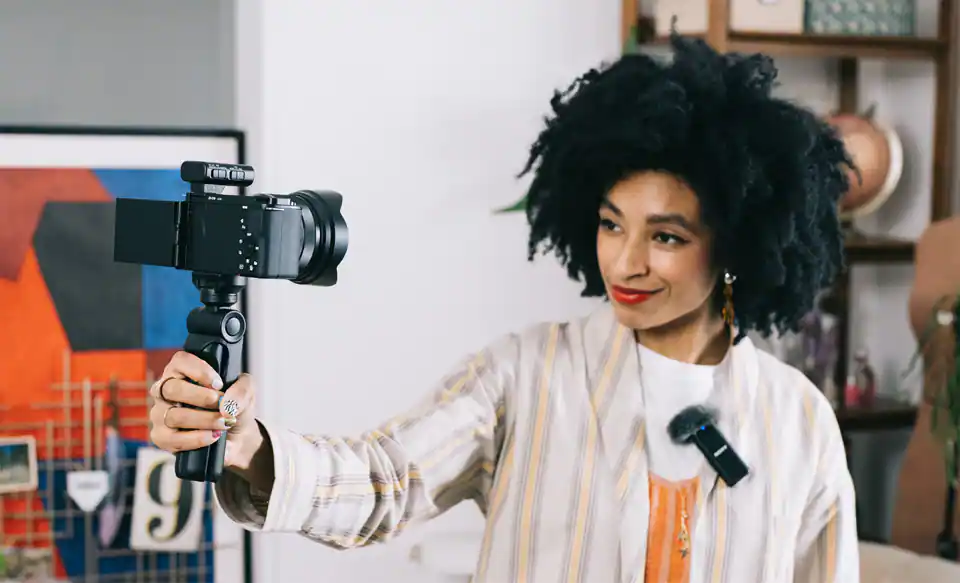
In summary, the Sony ZV-E10 is a well-rounded camera with excellent video functions for vloggers and content creators. With its high-quality video resolution, advanced autofocus, slow-motion capabilities, and versatile shooting modes, this camera is an excellent choice for those who want to capture the stunning footage for their channel.
Sony ZV-E10 vs Canon EOS M50 Mark II
The Sony ZV-E10 and Canon EOS M50 Mark II are both popular mirrorless cameras for content creators and vloggers. However, they have some important differences.
One of the main differences is the autofocus system. The Sony ZV-E10 has a more advanced autofocus system that can track both human and animal eyes in real time. On the other hand, the Canon EOS M50 Mark II also has eye autofocus, but it’s limited to human subjects only.
Another difference is in the video features. The Sony ZV-E10 is designed with video content creators in mind and has dedicated video recording features such as a movie button, vertical video recording, and advanced audio recording options. Meanwhile, the Canon EOS M50 Mark II has improved video capabilities but doesn’t have some dedicated video features in the Sony ZV-E10.
In terms of design, the Sony ZV-E10 has a more user-friendly interface with a side-opening vari-angle LCD screen that can be flipped around for vlogging, while the Canon EOS M50 Mark II has a more traditional design with a smaller articulating screen.
Sony ZV-E10 vs Fujifilm X-T30
When comparing the Sony ZV-E10 to the Fujifilm X-T30, there are a few key differences that may be important for content creators to consider.
Firstly, the autofocus system on the Sony ZV-E10 is more advanced, with real-time tracking and eye autofocus for both humans and animals. The Fujifilm X-T30 has a hybrid autofocus system with face and eye detection, but it may not be as reliable as the Sony ZV-E10’s system.
Secondly, while both cameras have good video capabilities, the Sony ZV-E10 is specifically designed with video content creators in mind and has dedicated video recording features such as a dedicated movie button, vertical video recording, and advanced audio recording options. The Fujifilm X-T30 is more of a stills camera that can also shoot video, but it lacks some dedicated video features in the Sony ZV-E10.
In terms of design and ergonomics, the Sony ZV-E10 is a more user-friendly camera with a side-opening vari-angle LCD screen that can be flipped around for vlogging, making it easier to see yourself while filming. The Fujifilm X-T30 has a traditional design with a tilting LCD screen that may not be as convenient for vlogging.
Sony ZV-E10 vs Panasonic Lumix G100
The Sony ZV-E10 and the Panasonic Lumix G100 are both mirrorless cameras that are great options for content creators and vloggers. They have similar features, such as good autofocus, interchangeable lenses, and image stabilization, but there are also significant differences between the two cameras.
One of the biggest differences is the sensor size. The Sony ZV-E10 has an APS-C sized sensor, while the Panasonic Lumix G100 has a micro four-thirds sensor. The larger sensor on the Sony ZV-E10 generally allows for better image quality and low-light performance compared to the Panasonic Lumix G100.
Another difference is the video capabilities. The Sony ZV-E10 is designed specifically with video content creators in mind, offering features such as a dedicated movie button, vertical video recording, and advanced audio recording options. The Panasonic Lumix G100 also has great video capabilities but doesn’t have all of the dedicated video features that the Sony ZV-E10 has.
As far as the camera’s design and ease of use are concerned, the Sony ZV-E10 has a side-opening vari-angle LCD screen that can be flipped around for vlogging, while the Panasonic Lumix G100 has a fully articulating screen that can also be flipped around for vlogging. Both cameras have a similar form factor and are lightweight and easy to carry around.
Sony ZV-E10 vs Sony A6400
Both the Sony ZV-E10 and Sony A6400 are mirrorless cameras that are well-suited for content creators and vloggers. However, some differences between the two cameras are worth noting.
One of the main differences is the design and ergonomics. The Sony ZV-E10 has a more user-friendly design with a side-opening vari-angle LCD screen that can be flipped around for vlogging. On the other hand, the Sony a6400 has a more traditional design with a smaller tilting LCD screen. While the Sony A6400 does have a viewfinder, the Sony ZV-E10 does not.
Another difference is the autofocus system. The Sony ZV-E10 has a more advanced autofocus system with real-time tracking and eye autofocus for both humans and animals. The Sony A6400 also has real-time tracking and eye autofocus, which is limited to human subjects only. Additionally, the Sony ZV-E10 has a “Product Showcase” mode that prioritizes the focus on products being shown to the camera, which is useful for product reviews and demonstrations.
When it comes to video capabilities, both cameras are capable of shooting 4K video at 30 frames per second. However, the Sony ZV-E10 is designed with video content creators in mind and has dedicated video recording features, such as a dedicated movie button, vertical video recording, and advanced audio recording options. The Sony A6400 also has good video capabilities but lacks some of the dedicated video features found in the Sony ZV-E10.
In terms of image quality, both cameras use the same sensor and image processor, so there isn’t much of a difference in that regard. However, the Sony a6400 does have a higher maximum ISO of 102,400, which can be useful in low-light situations.
Traveling with the Sony ZV-E10
Traveling with the Sony ZV-E10 can be a rewarding experience for both vloggers, photography enthusiasts, and casual travelers. Its compact design, impressive image quality, and versatile features make it a popular choice for capturing memorable moments while on the go. Here are some tips on how to get the most out of your Sony ZV-E10 during city trips.
City Trips with the Sony ZV-E10
The Sony ZV-E10 is an excellent camera for city trips due to its versatility and advanced features. It can be used for vlogging and photography, making it an ideal choice for travelers who want to capture their experiences and the beauty of the cities they visit.
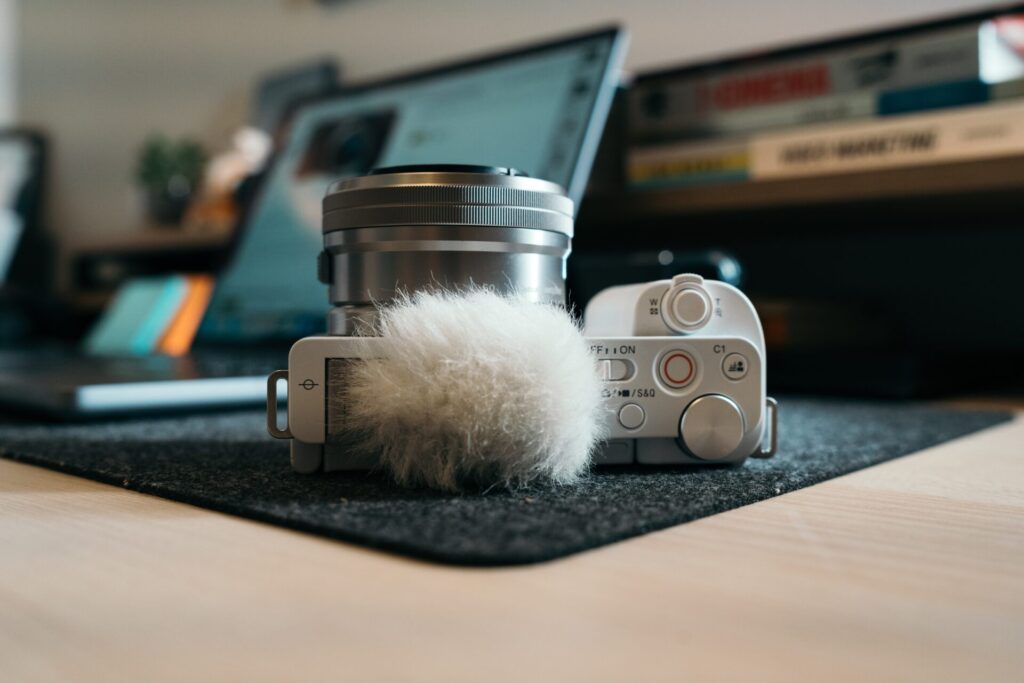
For vlogging, the Sony ZV-E10 features a fully articulating LCD screen that lets you easily see yourself and the surrounding environment. The camera also has a dedicated video record button that makes it easy to start and stop recording without fumbling with multiple settings. Additionally, the camera features advanced autofocus technology that tracks your face and eyes, ensuring that you remain in focus and in frame.
For photography, the Sony ZV-E10 offers impressive image quality and advanced features such as fast autofocus, a high-quality sensor, and interchangeable lenses. These features allow you to capture stunning images of cityscapes, architecture, and people. The camera’s compact size and lightweight design make it easy to carry around during long sightseeing days.
In addition to its impressive technical features, the Sony ZV-E10 offers a range of creative features that are perfect for capturing cities’ unique energy and vibe. For example, the camera offers a variety of picture profiles and color settings that can be customized to suit your individual style and preferences.
Best Sony ZV-E10 Lenses to travel with
For vlogging, the Sony 10-18mm f/4 OSS lens is an excellent choice. This wide-angle lens allows you to capture a large field of view, which is perfect for vlogging and capturing cityscapes. It also features built-in Optical SteadyShot stabilization, which helps to reduce camera shake and produce smooth, steady footage. Additionally, the lens has a constant maximum aperture of f/4, which means that you can maintain a consistent exposure even in changing lighting conditions.
The Sony 18-105mm f/4 OSS lens is a great all-around option for photography. This versatile zoom lens allows you to capture a range of focal lengths, from wide-angle to telephoto, making it ideal for capturing cityscapes, architecture, and people. It also features built-in Optical SteadyShot stabilization and a constant maximum aperture of f/4, allowing consistent exposure even in changing lighting conditions.
The Sony 16-55mm f/2.8 G lens is a high-quality option for all-around travel. This standard zoom lens features a fast maximum aperture of f/2.8, which allows you to capture sharp images even in low light conditions. The lens also has a range of focal lengths, from wide-angle to standard, making it versatile enough for various photographic situations. Additionally, the lens features advanced optics, including two aspherical elements and three extra-low dispersion elements, which help to reduce distortion and chromatic aberration.
If you’re looking for the best Sony ZV-E10 lenses to take with you on your travels, there are many great options available. To help you narrow down your choices, you might want to read our lens guide for Sony lenses to travel with that can provide you with in-depth information about the best lenses for your specific needs.
In Summary: Is the Sony ZV-E10 worth buying in 2024?
In summary, the Sony ZV-E10 is a versatile and powerful camera with a range of features that make it a strong option for photography and videography, particularly for those interested in vlogging or content creation. Its vari-angle touchscreen, high-quality video performance, and eye autofocus and tracking make it a compelling choice for those looking to capture high-quality content on the go.
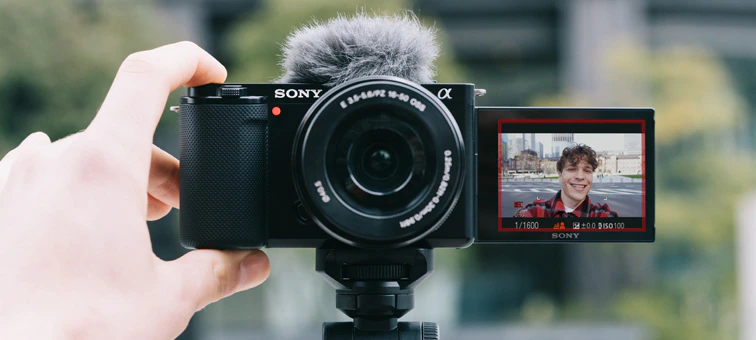
While it may not be the perfect camera for every user, its combination of features and performance make it a strong contender in its class, and its competitive price point relative to other cameras with similar capabilities makes it an attractive option for those looking for a powerful tool without breaking the bank.
Pros
- Excellent 4K video quality
- Fast and accurate autofocus
- Flip-out touchscreen for easy framing
- Built-in ND filter
- Compact and lightweight
- Customization options and easy-to-use interface
- Compatible with a wide range of lenses
- External microphone input
- Good battery life
Cons
- No in-body image stabilization
- No headphone jack
- Limited buffer depth
- No built-in flash or hot shoe
- Limited touch functionality
- Limited LCD screen articulation
- Limited weather sealing
- No built-in viewfinder

